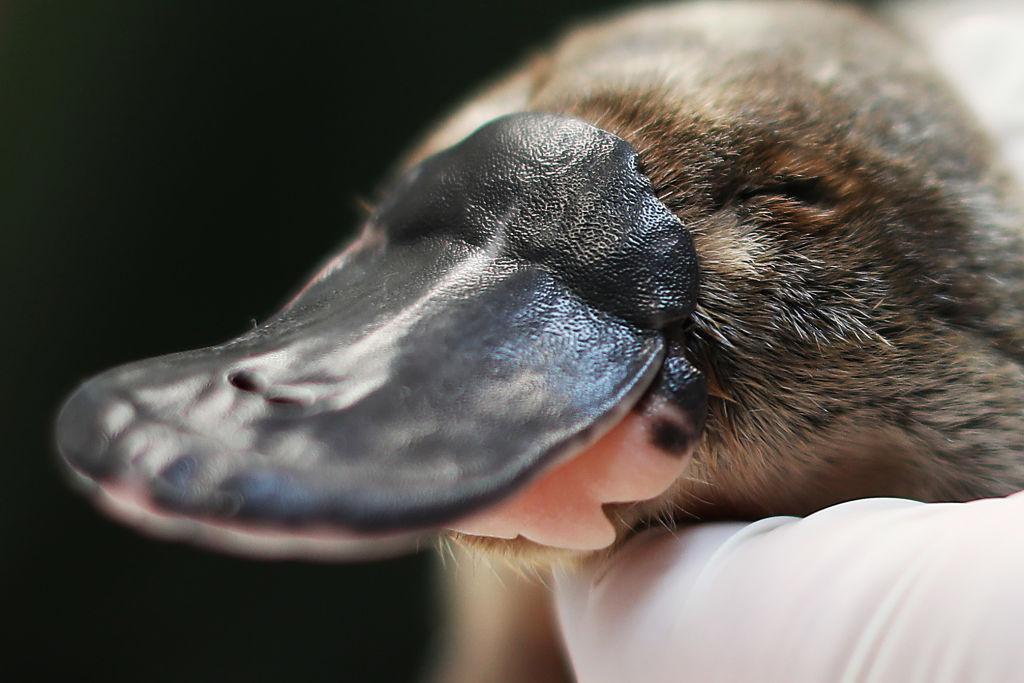Australia is home to one of earth’s great peculiarities in the platypus but there’s only a broad estimate of how many of them are left.
Experts fear that without good data, the duck-billed, egg-laying, milk-producing yet nipple-less enigma could be silently sliding further towards peril.





